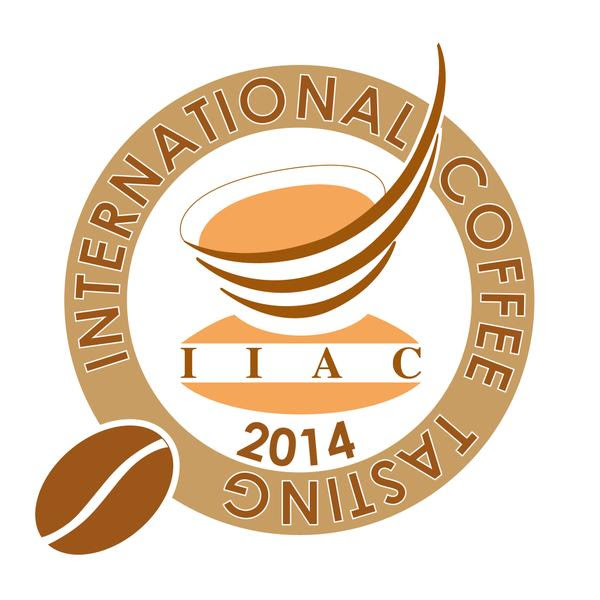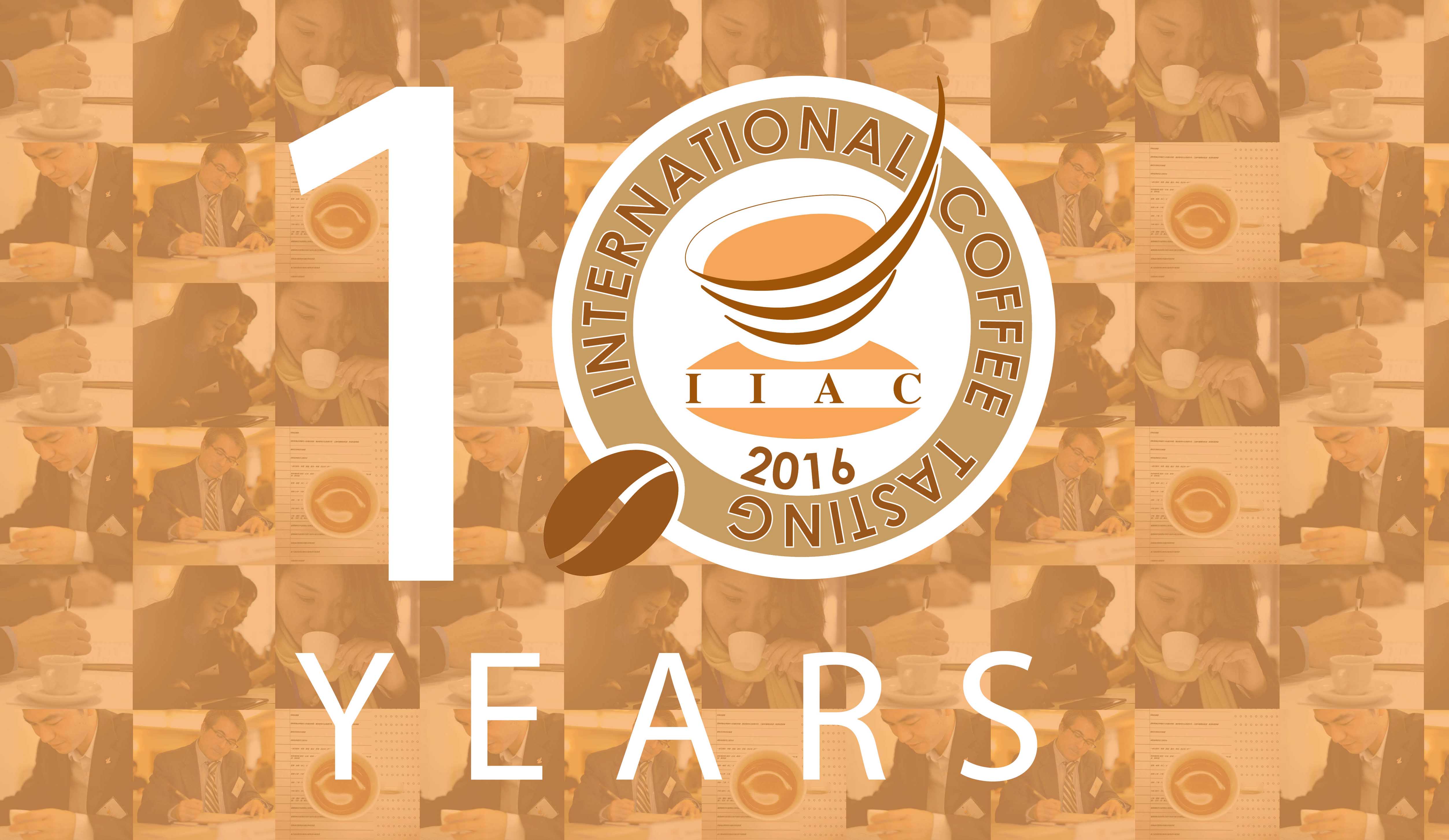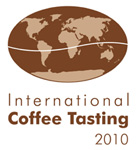
Si è chiusa a Brescia la sesta edizione di International Coffee Tasting 2014, il concorso tra caffè organizzato dall’Istituto Internazionale Assaggiatori Caffè (Iiac). Iscritti al concorso 149 caffè da 15 paesi (Italia, Corea, Australia, Canada, Cina, Germania, Giappone, Portogallo, Slovenia, Spagna, Svizzera, Thailandia, Taiwan, Stati Uniti, Vietnam). Le valutazioni sensoriali sono state affidate a 26 giudici di 9 paesi diversi (Corea, Danimarca, Giappone, Italia, Malesia, Serbia, Slovenia, Spagna, Svezia).
Il concorso è stata anche l’occasione per cogliere le linee di tendenza del settore. “Per quanto riguarda i caffè italiani emergono alcuni nuovi prodotti, tra cui alcune monorigini, e si riconfermano alcuni classici della nostra tradizione – ha commentato Luigi Odello, presidente Iiac – Segno di una bella vitalità del mercato che è capace di evolversi in un solco però di continuità con il proprio passato”.
I caffè provenienti dall’estero confermano che sempre di più anche nei cosiddetti nuovi mercati, come quelli asiatici, il traguardo principale è l’equilibrio e la complessità del prodotto. “Si tratta tra l’altro di tratti tipici dell’espresso italiano – ha continuato Odello – Ciò ci fa ben sperare per il futuro del nostro caffè sui mercati più nuovi, i quali assumono naturalmente un rilievo importante per il nostro export”.
Il concorso è stato sponsorizzato da Wega Macchine per Caffè e Compak Coffee Grinders e organizzato con la collaborazione tecnico-scientifico del Centro Studi Assaggiatori.
INTERNATIONAL COFFEE TASTING 2014: ELENCO DEI VINCITORI
Espresso italiano
• 100% Arabica N. 23 (1), Torrefazione Caffè Gran Salvador, Brescia
• Caffè Alberto Miscela Pappagallo Oro, Caffè Alberto Taurocaf, Torino
• Caffè Alberto Miscela Pappagallo Rosso, Caffè Alberto Taurocaf, Torino
• Caffè Miscela Crema Bar, Torrefazione Caffè Avana, Brescia
• Caffè Morettino "Grangusto", Angelo Morettino, Palermo
• Caffè Oro (Top Quality), Dersut Caffè, Treviso
• Caffè Qualità Royal, La Genovese, Savona
• Caffè Roen "Extra Bar", Torrefazione Caffè Roen, Verona
• Eccellenza, Artcafé, Parma
• Espresso Bendinelli "100% Arabica Gourmet", Torrefazione Caffè Roen, Verona
• Estrella Del Caribe, Corsino Corsini, Arezzo
• Extra Bar, Torrefazione San Salvador, Sondrio
• Faraglia Barrique, Torrefazione Olimpica, Rieti
• Gold Arabica, Torrefazione A. Castorino, Salerno
• Kavè, G.I.Fi.Ze, Bologna
• Milani Gran Aroma, Milani, Como
• Miscela Caffè "1 Bar Caracol", Torrefazione Saturno, Alessandria
• Miscela Miguel "Reserva Do Fundador", Torrefazione El Miguel, Varese
• Miscela Orobar, Caffè Campetelli, Frosinone
• Perfero Velvet, Perfero Caffè, Fermo
• Platino Premium Barista, Omkafè, Trento
Espresso non Italiano
• Barcaffé Bar, Droga Kolinska, Slovenia
• Barcaffé Prestige Crema SRB, Droga Kolinska, Slovenia
• Barcaffé Prestige SLO, Droga Kolinska, Slovenia
• Caffè Bruno / Espresso Italiano, Caffè Bruno, Tailandia
• Coffellection Blend, Coffellection, Taiwan
• Dromedario Colombia Nariño Supremo "El Tambo", Café Dromedario, Spagna
• Dromedario Especial Espresso, Café Dromedario, Spagna
• Dromedario Etiopia Limu, Café Dromedario, Spagna
• Espresso Anniversario, Orinoco Coffee & Tea, Usa
• Espresso Blend Butter, Milano Coffee, Canada
• Espresso Blend Velvet, Milano Coffee, Canada
• Genovese Super Brazil Blend, Genovese Coffee, Australia
• Golden Espresso, Season Coffee Food , Taiwan
• La Brasileña 5 Alturas, Café Dromedario, Spagna
• Pearls Original Espresso, Coffee Kissa Pearls, Giappone
• Pozo Artesania, Café Dromedario, Spagna
Filtro
• Coffee Atelier Story, Coffee Atelier, Corea
• Barcaffé Filter, Droga Kolinska D.d., Slovenia
• Kes 1, Koo Eune Sune Coffee, Corea
• Kes 3, Koo Eune Sune Coffee, Corea
• Kotobukiya A Premium Blend, Kotobukiya Coffee, Giappone
Moka
• Miscela Evoluzione Macinato Moka, Torrefazione Musetti, Piacenza
• Miscela Primo Aroma – 100% Arabica, Torrefazione Morandini, Brescia
Monodose (cialde e capsule)
• Cialde Marodda "Limited Edition", Marodda, Taranto
• Cialde Miscela Cremissimo, Torrefazione Musetti S.r.l, Piacenza
• Elegante, Caffè Agust, Brescia
• Espresso Love 100% Arabica Cialda, Minuto Caffè, Savona
• Natura Equa Bio/Fairtrade, Caffè Agust, Brescia
Per macchina automatica casa
• Schäumle, Kaffeeroesterei Principe, Germania


 Si è chiusa a Brescia la sesta edizione di International Coffee Tasting 2014, il concorso tra caffè organizzato dall’Istituto Internazionale Assaggiatori Caffè (Iiac). Iscritti al concorso 149 caffè da 15 paesi (Italia, Corea, Australia, Canada, Cina, Germania, Giappone, Portogallo, Slovenia, Spagna, Svizzera, Thailandia, Taiwan, Stati Uniti, Vietnam). Le valutazioni sensoriali sono state affidate a 26 giudici di 9 paesi diversi (Corea, Danimarca, Giappone, Italia, Malesia, Serbia, Slovenia, Spagna, Svezia).
Si è chiusa a Brescia la sesta edizione di International Coffee Tasting 2014, il concorso tra caffè organizzato dall’Istituto Internazionale Assaggiatori Caffè (Iiac). Iscritti al concorso 149 caffè da 15 paesi (Italia, Corea, Australia, Canada, Cina, Germania, Giappone, Portogallo, Slovenia, Spagna, Svizzera, Thailandia, Taiwan, Stati Uniti, Vietnam). Le valutazioni sensoriali sono state affidate a 26 giudici di 9 paesi diversi (Corea, Danimarca, Giappone, Italia, Malesia, Serbia, Slovenia, Spagna, Svezia).

 When I arrive in Taipei on Saturday afternoon, the city welcomes me by light rain that is getting heavier. It often rains here in Taiwan. My interpreter Raffaele always jokes about this and tells me that the rainiest city in the country is the one he comes from, which is even worse than Taipei!
When I arrive in Taipei on Saturday afternoon, the city welcomes me by light rain that is getting heavier. It often rains here in Taiwan. My interpreter Raffaele always jokes about this and tells me that the rainiest city in the country is the one he comes from, which is even worse than Taipei!
 The third edition of International Coffee Tasting will be held in Brescia (Italy) on October, 26-27. The commissions of the International Institute of Coffee Tasters, the scientific and independent association that concentrates exclusively on the sensory analysis of the coffee, will meet in Brescia to evaluate samples of coffees coming from all over the world.
The third edition of International Coffee Tasting will be held in Brescia (Italy) on October, 26-27. The commissions of the International Institute of Coffee Tasters, the scientific and independent association that concentrates exclusively on the sensory analysis of the coffee, will meet in Brescia to evaluate samples of coffees coming from all over the world. Espresso Italiano Roasting, the new publication from the International Institute of Coffee Tasters, has just been published. It is completely focused on the Italian way of roasting and blending.
Espresso Italiano Roasting, the new publication from the International Institute of Coffee Tasters, has just been published. It is completely focused on the Italian way of roasting and blending.
